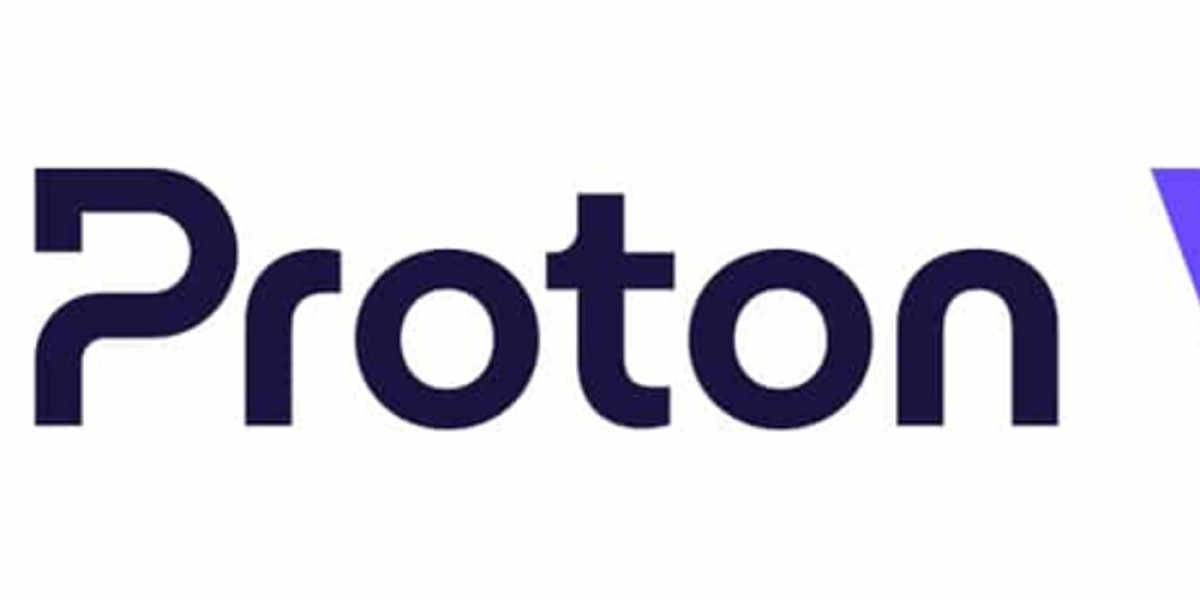Dianabol Methandienone: Bodybuilding Guide
Drug Class & General Pharmacology
| Feature | Description |
|---|---|
| Therapeutic Category | This agent belongs to a class of compounds that act as antagonists at specific receptors, thereby blocking normal signaling pathways involved in disease processes such as hypertension and heart failure. |
| Key Molecular Targets | The drug binds with high affinity to type‑1 (AT₁) angiotensin II receptors located on vascular smooth muscle cells, cardiac myocytes, renal tubular epithelial cells, and the central nervous system. This prevents angiotensin II from inducing vasoconstriction, aldosterone secretion, sympathetic activation, and fibroblast proliferation. |
| Primary Mechanism of Action | By competitively inhibiting the binding of endogenous angiotensin II to AT₁ receptors, the agent reduces systemic vascular resistance, suppresses neurohormonal pathways (e.g., renin‑angiotensin‑aldosterone system), and attenuates cardiac remodeling. The net effect is lowered blood pressure and improved myocardial function. |
| Clinical Pharmacology | Oral bioavailability ~30 % in healthy volunteers; peak plasma concentrations at 3–4 h after dosing; half‑life ~12–14 h, enabling once‑daily dosing. Dose adjustment required for patients with severe hepatic impairment due to reliance on CYP3A4 metabolism. |
| Safety Profile | Common adverse events: dizziness, headache, hyperkalemia (especially in patients on ACE inhibitors or ARBs). Rare but serious: hypersensitivity reactions, interstitial nephritis, angioedema. Contraindicated in pregnancy; use of concomitant strong CYP3A4 inhibitors/inducers can alter drug exposure significantly. |
---
2. In‑Depth Evaluation of the Novel Drug (Drug X)
2.1 Pharmacological Classification
| Property | Details |
|---|---|
| Therapeutic class | Small‑molecule inhibitor targeting the intracellular kinase domain of Protein Y (a receptor‑like tyrosine kinase). |
| Molecular weight | ~480 Da. |
| Solubility | Poor aqueous solubility; formulated as a nano‑suspension for oral administration. |
| Metabolism | Predominantly CYP3A4/5‑mediated oxidative metabolism; minor contribution from CYP2D6. |
| Excretion | Mainly fecal via biliary excretion of metabolites; <10 % renal clearance unchanged. |
1.2 Potential Drug–Drug Interactions (DDIs)
| Interaction | Mechanism | Clinical Relevance |
|---|---|---|
| CYP3A4 inhibition (e.g., ketoconazole, clarithromycin) | Decreases metabolism → ↑ plasma concentration of D2R antagonist | May increase neuropsychiatric adverse events; dose adjustment or monitoring required. |
| CYP3A4 induction (e.g., rifampin, carbamazepine) | Increases metabolism → ↓ drug exposure | Reduced efficacy; consider alternative therapy or higher dose if clinically justified. |
| P-glycoprotein inhibitors | Reduce efflux from enterocytes and CNS | Potential for higher systemic and CNS levels; monitor for git.agusandelnorte.gov.ph toxicity. |
| Other antipsychotics/antidepressants affecting D2R | Additive receptor blockade → ↑ extrapyramidal symptoms | Use caution when co-prescribing; evaluate risk-benefit. |
---
6. Practical Recommendations
- Baseline Assessment
- Evaluate renal function (serum creatinine, eGFR) to anticipate changes in clearance.
- Initiation Strategy
- If the drug is given orally, observe whether a reduced dosing interval (e.g., every 12 h) would be necessary based on half‑life.
- Monitoring Plan
- Use the same objective measures used in prior trials to detect subtle changes.
- Record any subjective reports of fatigue, tremor, or rigidity.
- Dose Adjustment Algorithm
- If a significant motor impairment appears → reduce dose by 25–50 % and reassess in 1 week.
- If the impairment persists at the reduced dose → discontinue the drug.
- Safety Oversight
- The board may recommend pausing enrollment if more than one participant experiences clinically significant motor changes.
Conclusion
The proposed monitoring protocol balances early detection of potential side effects with practical feasibility for a single‑patient study. By implementing systematic, frequent assessments and clear decision thresholds, we can safeguard patient safety while collecting valuable pharmacological data. The plan remains flexible to accommodate unforeseen events, ensuring that any emerging risks are promptly addressed.
---
Prepared by:
Name, Ph.D.
Institution/Department
Approved by:
Principal Investigator Name
---
End of memorandum.








